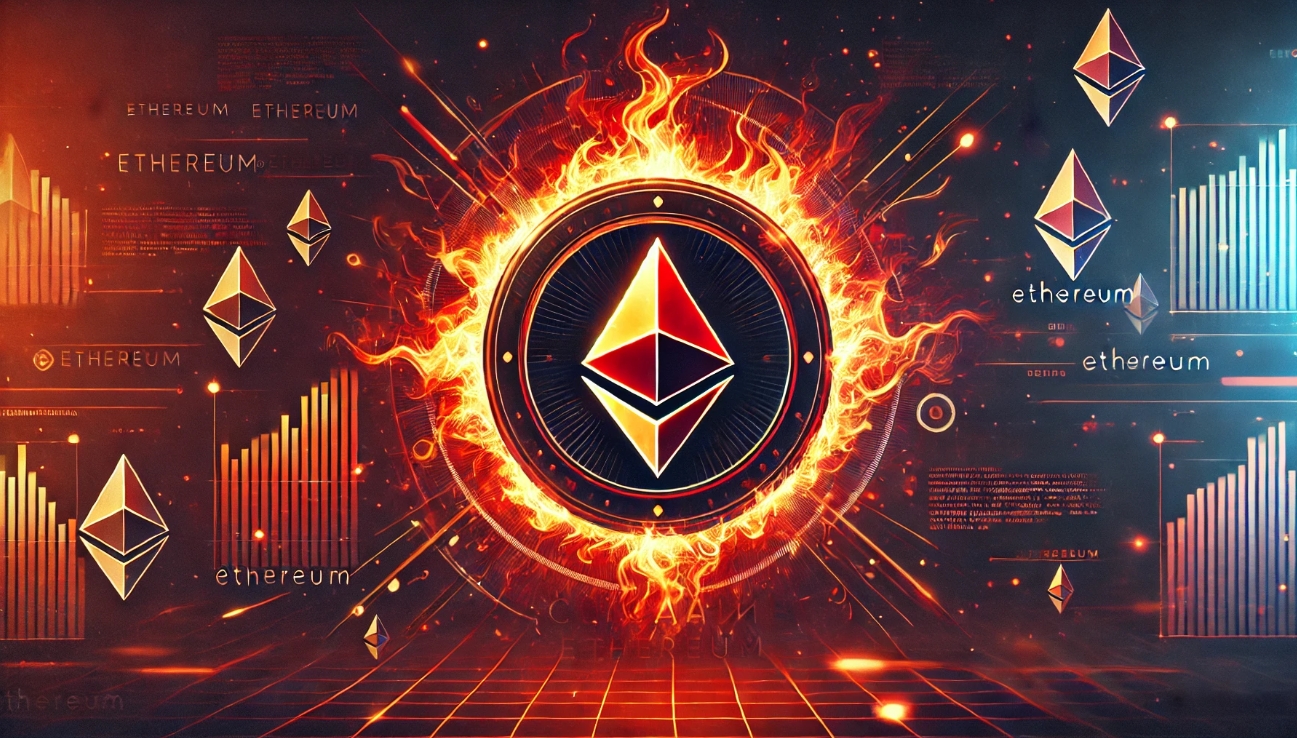Ethereum, one of the leading blockchain platforms, uses unique mechanisms to manage its economic balance. One such mechanism is the burning of ETH tokens, which is carried out using a special burn address.
Contents:
- Ethereum Burn Address
- How the Burn Address Works
- Economic Implications of Burning ETH
- Examples of ETH Burning Mechanisms
- How to View the Burn Address
- Potential Future Developments
- Conclusion
Ethereum Burn Address
The burn address for Ether is a special address on the Ethereum blockchain designed to permanently remove tokens from circulation. The primary principle is to intentionally destroy tokens by sending them to an address that does not have a corresponding private key.
The burn address is represented as 0x0000000000000000000000000000000000000000. Since managing a cryptocurrency wallet requires a private key, its absence ensures that any Ether sent to this address will be forever lost and inaccessible.
How the Burn Address Works
The mechanism of the burn address is quite simple. It functions as a regular address but without a private key. This means that any tokens sent to this address are permanently removed from circulation.
To "burn" Ether, a user or smart contract initiates a transaction, specifying the burn address as the recipient. Once the transaction is confirmed on the Ethereum blockchain, the transferred tokens are effectively removed from circulation.

Economic Implications of Burning ETH
The ETH burning mechanism has significant economic implications for the Ethereum ecosystem. The constant removal of ETH from circulation introduces deflationary pressure. If the rate of burning exceeds the rate of new ETH issuance (through mining or staking rewards), the total supply of ETH will decrease over time. This potential shortage could positively impact the price of ETH.
Another economic effect is the impact on transaction fees. The introduction of EIP-1559 involves burning part of each transaction fee, which helps stabilize and predict transaction costs.
Examples of ETH Burning Mechanisms
- EIP-1559: One of the most significant mechanisms, which includes burning the base fee for each transaction.
- Buyback and Burn Models: Some projects use their revenue to buy back tokens from the market and subsequently burn them.
- Proof-of-Burn: Some blockchain projects use token burning as an alternative consensus mechanism, where participants burn tokens to gain the right to create new blocks.
How to View the Burn Address
To view the Ethereum burn address, you can use a blockchain explorer like Etherscan. Entering the address 0x0000000000000000000000000000000000000000 in the search bar will show its balance and transaction history, where tokens were sent for burning.
Examples of transactions to the burn address:
| Date | Sender | Amount of ETH | Status |
|---|---|---|---|
| 2024-07-01 | 0x1234567890abcdef1234567890abcdef1234 | 10.5 | Burned |
| 2024-06-25 | 0xabcdef1234567890abcdef1234567890abcd | 5.0 | Burned |
| 2024-06-20 | 0x7890abcdef1234567890abcdef1234567890 | 2.3 | Burned |
Potential Future Developments
The ETH burning mechanism could lead to several interesting developments in the Ethereum ecosystem. Enhanced deflationary pressure could contribute to increased value of ETH, especially with the network's broad adoption.
The evolution of fee markets is also a potential area of development. For instance, future updates might include additional burning components or changes to the base fee definition.
Additionally, innovative projects and protocols may incorporate unique ETH burning mechanisms into their economic models, such as various buyback and burn variations or new applications in decentralized finance protocols and NFTs.
Conclusion
The Ethereum burn address is an important tool for managing token supply and creating deflationary pressure. Burning ETH can stabilize transaction fees and enhance the investment attractiveness of tokens. Future developments may introduce new burning mechanisms and their economic impacts on the Ethereum ecosystem.



